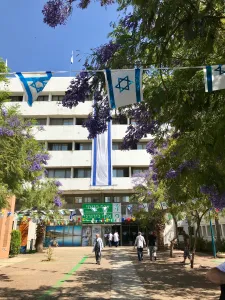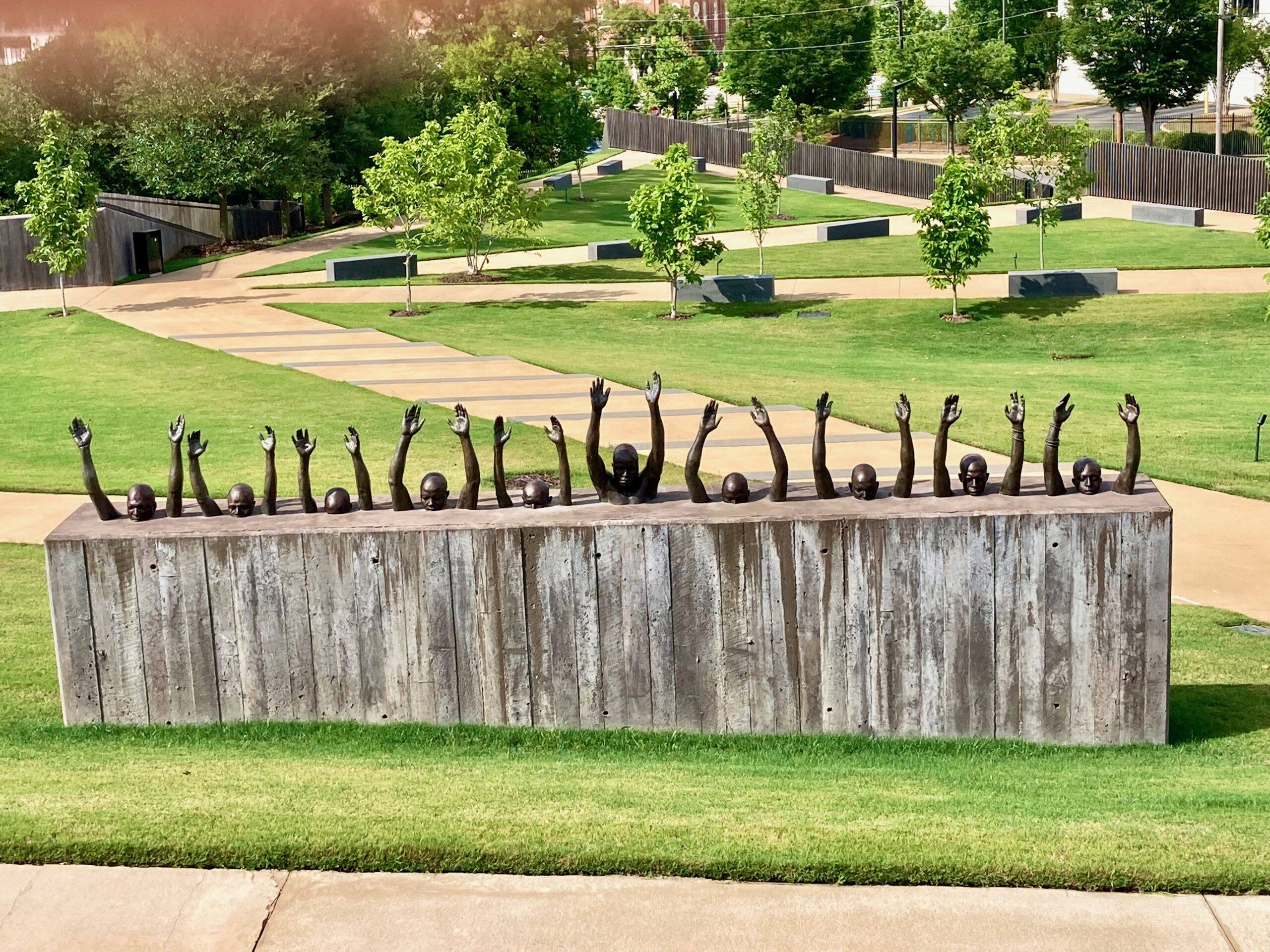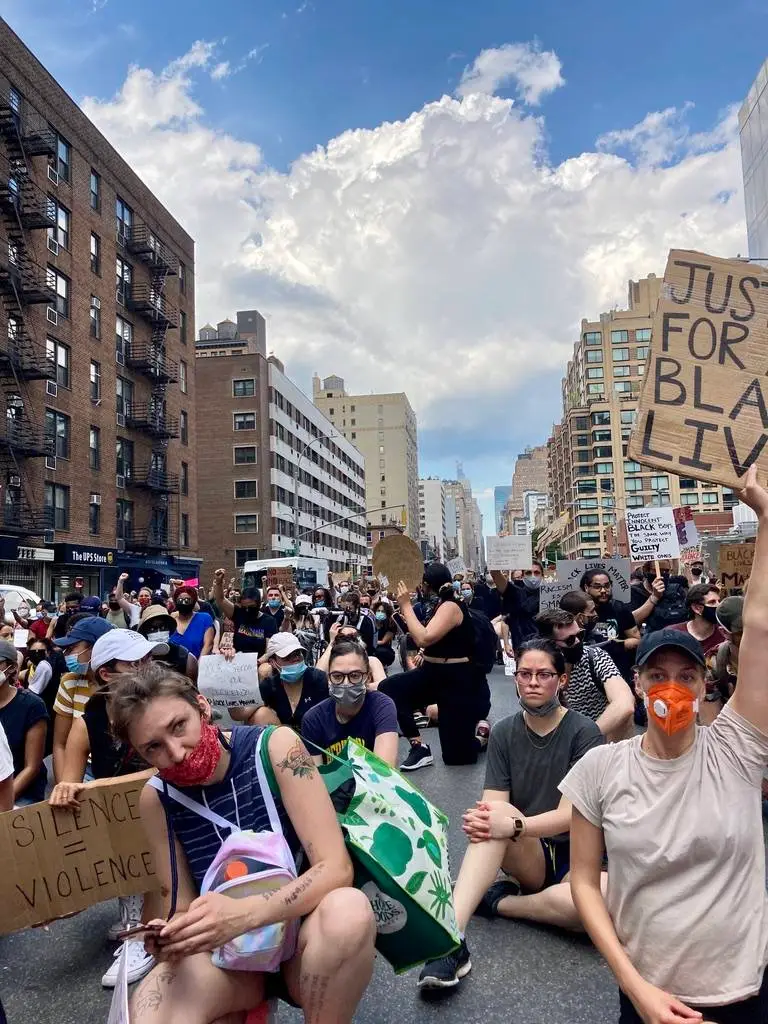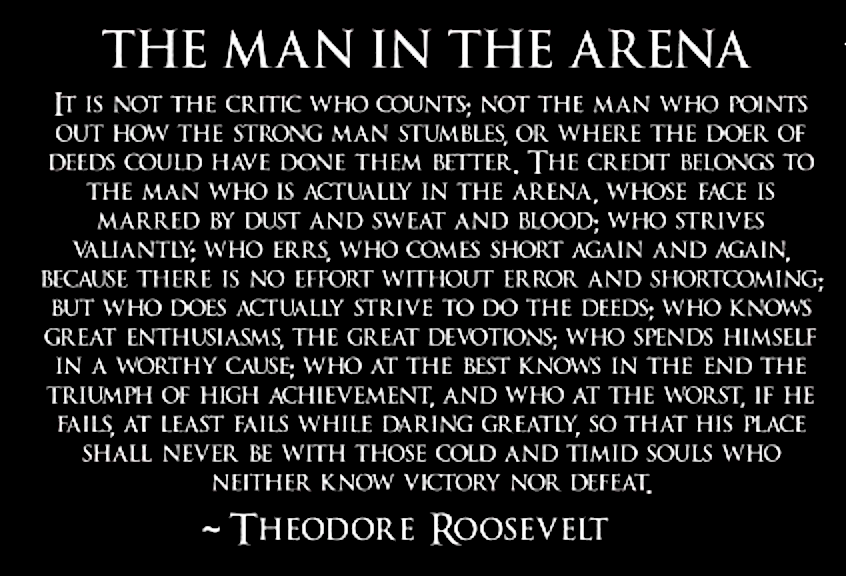Blog
Galilee Medical Center: a model for togetherness


Galilee Medical Center: a model for togetherness
April 25, 2018
Since I arrived in Israel, I’ve been eager to learn about the Arab-Israeli struggle from native Israelis. But the Israelis I’ve met have been more eager to teach me about coexistence. Across the country, there are many examples we don’t hear about in mainstream media. It’s just not as sexy as talking about conflict.
The Western Galilee, with its diverse population of Muslims, Jews, Christians and Druze citizens, is one such model region. Its Muslim and Jewish populations are roughly equal, according to my host in the Western Galilee, Danit. Danit is an associate of a Partnerships2gether (P2G), a program within the Jewish Agency for Israel that connects global Jewish communities with Israeli communities. She not only organized my full day itinerary providing a solid understanding of coexistence in the region, but also shared her own personal perspectives growing up on a moshav, a cooperative agricultural community, in the Western Galilee. She threw in the added bonus of a visit to her mom’s house to sample fruit from their pitanga tree.

Israel’s public healthcare system embodies coexistence and collaboration. Part of my itinerary included a fascinating tour of Galilee Medical Center (GMC) in Nahariya, the largest government hospital in the Galilee region with an affiliation to Bar-Ilan University Faculty of Medicine. Operating 755 inpatient beds with more than 3,000 staff and volunteers, GMC provides healthcare to 600,000 people, including the Israeli Defence Forces (IDF). It lies not far from both the Syrian and Lebanese borders.
The hospital’s employee demographic matches that of the community – roughly 50/50 Israeli Jewish and Arab Muslim as well as a small Christian minority. The General Director for the hospital, Dr. Masad Barhoum, is an Arab Christian. The hospital’s philosophy centers around togetherness. Once the staff walk through the doors of the medical center, they are not treating Muslims, Jews or Christians. They are treating human beings. All else is immaterial. Watch the inspiring video on the program.
The epitome of this philosophy is the medical center’s program, which began in 2013, for treating victims who are casualties of the ongoing civil war in Syria. GMC treats 2,400 Syrian patients annually and typically has, on average, 40 patients in the hospital at any given time. The program is coordinated through the Ministry of Health and the military. Hospital staff are not privy to details about the logistics at the borders but they do know that there is a triage system that directs transport to the proper hospital by helicopter or ambulance. The operation began as a humanitarian effort to treat the seriously injured but has since expanded as word has spread among Syrian communities. Many wake up in GMC unaware that they are in Israel. Eventually, they see Jewish and Muslim healthcare staff working together and soon learn that the country they once viewed as their evil enemy is now their lifeline. Upon return to Syria, through word of mouth, they direct their friends and family members to the border for safe entry into Israel. Many are afraid to speak about their treatment when they return as they risk their lives in doing so. As casualties in a war-torn country, the Syrian people have few other options.
“Love thy enemies. Isn’t that what the Bible teaches?”, said the Liaison for International Affairs. This is the approach they choose to take. The hope is that this incredible humanitarian effort will start to change the perceptions of their neighbors over time. This New York Times article from 2013 provides a great brief description of the beginning of the program.

Alongside this optimistic story is the odd dichotomy of preparedness for war. The second half of my tour took place in the underground hospital, a fortified facility in the underbelly of the main hospital. With 450 additional beds to support both conventional and unconventional mass casualty events, this hospital within a hospital remains in a constant state of high alert. The medical center, together with the IDF and Ministry of Health, runs frequent disaster drills to make sure it’s staff are adequately prepared.
The last event at GMC was the Second Lebanon War in 2006, during which a rocket struck the ophthalmology department of the hospital. Fortunately, the main hospital successfully evacuated to the underground facility without casualties. It operated underground for 34 days throughout the war.
On the way to the train station, Danit and I reflected on the day’s learnings and spoke about the global unrest that surrounds us. She then shared that there is genuine fear of an impending Third Lebanon War in Israel, likely around June of this year. Why June? Because that’s when the US plans to move its embassy to Jerusalem.
After a day mostly filled with optimism and hope, I looked at her sadly and said, “I really hope that doesn’t happen” “So do I”, she replied. I bid farewell to my newfound friend in the hopes of meeting again someday in the future.
Discover more from diannajacob.com
Subscribe to get the latest posts sent to your email.
Recent News

About Dianna
May 29, 2024

On Being Single and Child-Free
July 31, 2022

Relearning American History: A Self-Guided Tour of the South
July 7, 2021

Racism: A Global Pandemic
June 8, 2020

Daring Greatly
August 23, 2019

Becoming a Better Me
January 10, 2019


